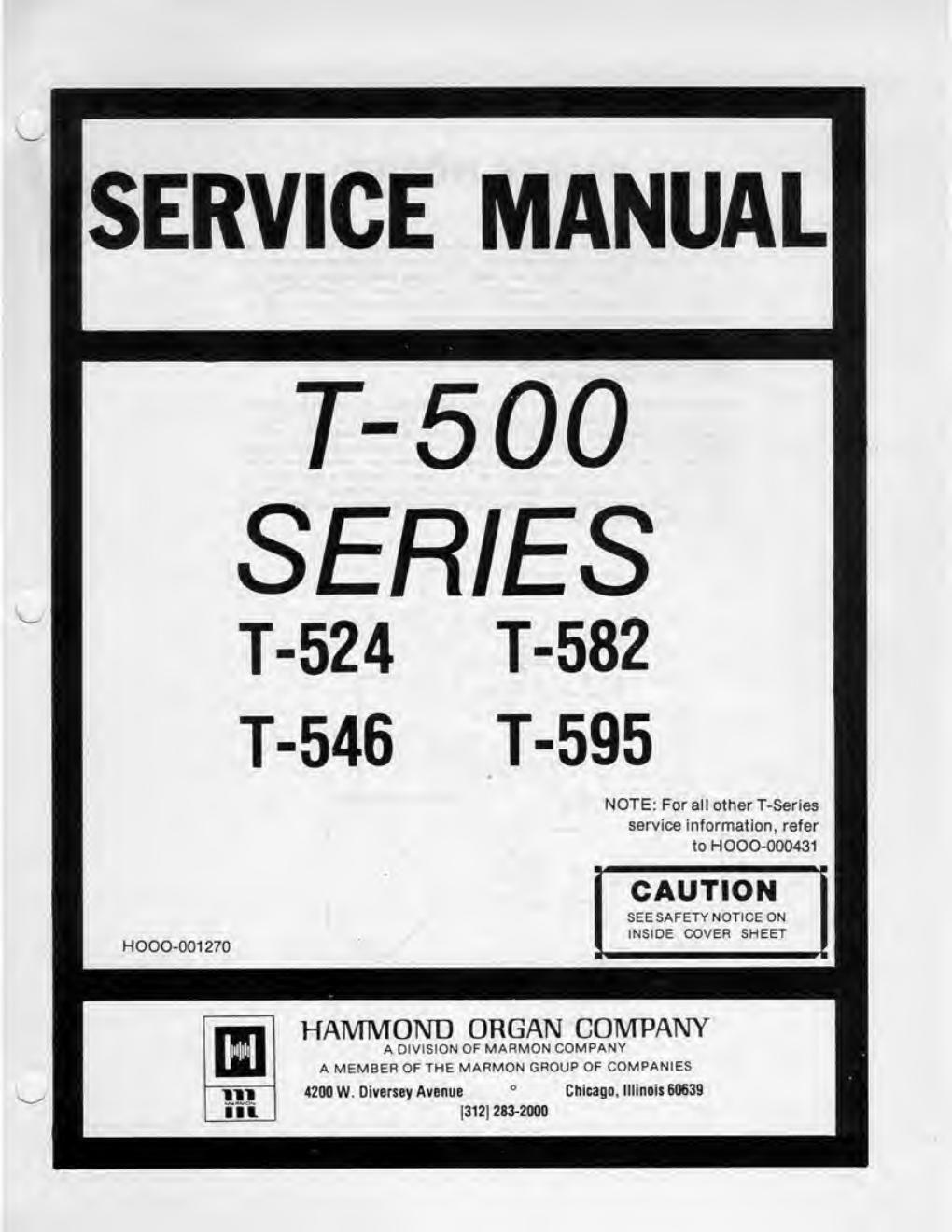Hammond t 500 series service manual
This is the 59 pages manual for hammond t 500 series service manual.
Read or download the pdf for free. If you want to contribute, please upload pdfs to audioservicemanuals.wetransfer.com.
Page: 1 / 59
